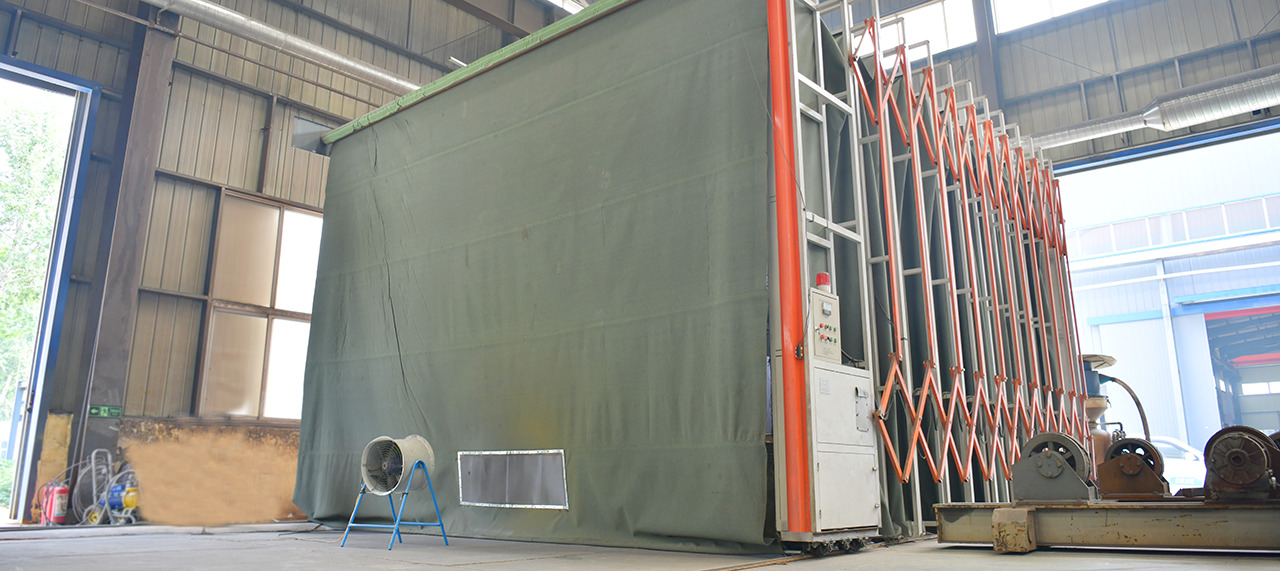Share this
The role of heat treatment equipment in flange production is to perform heat treatment on the flanges to improve their mechanical properties and performance stability. Heat treatment is a method of altering the physical and chemical properties of a material by controlling its heating and cooling processes.
In flange production, heat treatment equipment is typically used for the following purposes:
1. Annealing: Some flanges require high toughness and machinability to undergo bending, stamping, or cutting operations during the manufacturing process. Heat treatment equipment can be used to anneal the flanges, making them softer and easier to machine.
2. Hardening: Other flanges need to have high strength and hardness to withstand extreme conditions such as high pressure and high temperature. Heat treatment equipment can be used to harden the flanges by controlling the heating and cooling rates, rearranging their crystal structure, and enhancing their mechanical properties.
3. Corrosion prevention: Flanges are commonly used to connect pipelines or equipment and may be exposed to corrosive environments during use. Heat treatment equipment can be used to apply hot-dip galvanizing or other protective coatings to the flanges, forming a corrosion-resistant layer on their surface and extending their service life.
4. Annealing of cold-worked flanges: Some flanges undergo cold working, such as cold drawing or cold forging, during the manufacturing process, which can increase internal stress and grain deformation. Heat treatment equipment can be used to anneal the flanges, heating them and slowly cooling them down to eliminate internal stress and grain deformation, improving material uniformity and stability.
In summary, the role of heat treatment equipment in flange production is to improve the mechanical properties, corrosion resistance, and service life of the flanges by controlling the heating and cooling processes and meeting the requirements of different applications.

